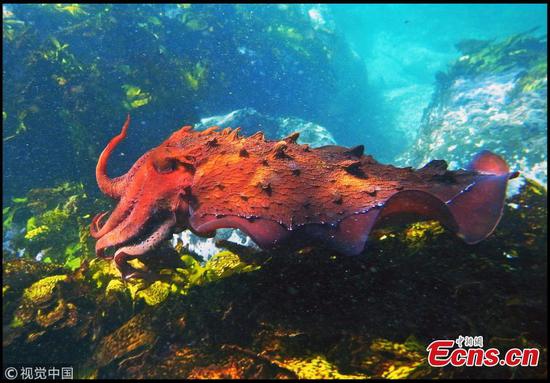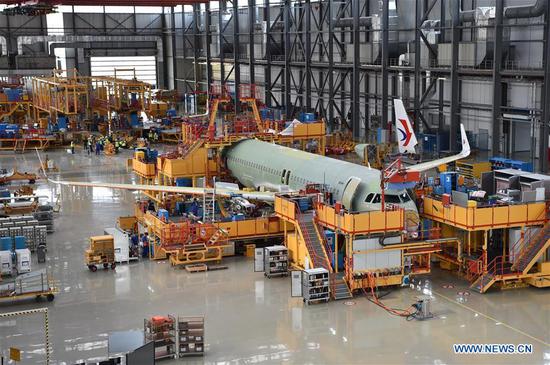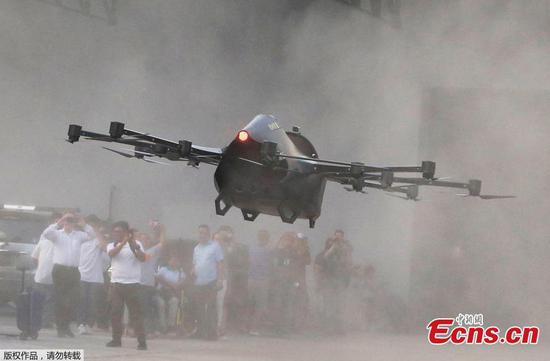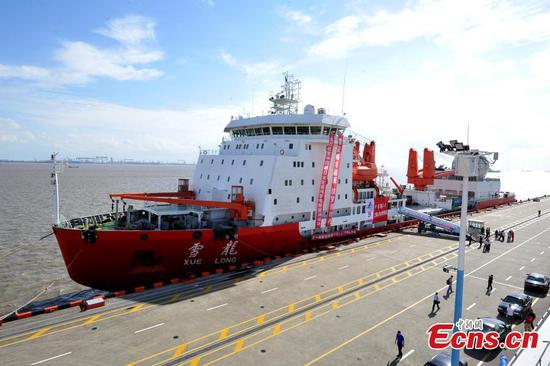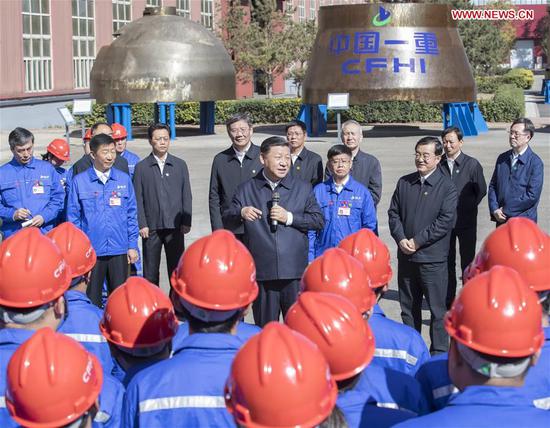War-winning vehicles boast potential to speed up civil aviation: experts
China has tested three vehicles expected to be capable of hypersonic flight in a single airdrop, China's national television station reported.
Scaled models of D18-1S, D18-2S and D18-3S wide-range aircraft were released to fall in a successful experiment on September 21 at the Jiuquan Satellite Launch Center, Northwest China's Gansu Province, China Central Television (CCTV) reported.
Researchers recorded data from their acceleration, breaking the sound barrier, bouncing in the air, parachute opening, landing and recovery, the CCTV report said.
Three new aerial vehicles represent a war-winning strategic weapon with the potential to speed up civil aviation and logistics, Chinese experts told the Global Times on Thursday.
"Wide-range aircraft" means the aircraft is capable of flying at a wide range of speeds including hypersonic and low speed, Wei Dongxu, a Beijing-based military analyst, told the Global Times on Friday.
Hypersonic means aircraft can travel faster than Mach 5, five times the speed of sound.
Hypersonic speeds can make civil aviation and logistics much faster, according to Wei.
According to footage released by CCTV, one of the test aircraft has a single vertical tail, another has two vertical tails, while the third has a single wing attached above its body.
Having three prototypes with different aerodynamic designs can allow researchers to compare, helping them understand how different aerodynamic designs affect a hypersonic flight vehicle's speed, stability and maneuverability, Wei said.
The results will further contribute to China's development of hypersonic flight vehicles, he said.
Boeing is also working on a concept for a hypersonic passenger plane that is capable of a wide range of speeds, U.S.-based media Popular Mechanics reported in June.
Hypersonic aircraft technology is still facing challenges of aerodynamics, materials and engines that involve time and money, Wei said.
It will take 10 to 20 years to put it into practical use, he said.
In August China successfully tested its first Xingkong-2 waverider hypersonic flight vehicle via rocket.
With its high speed and unpredictable trajectory, the vehicle can be launched by any rocket, carry nuclear warheads and break through any current generation anti-missile defense system, Chinese military experts say.
Other countries are also developing similar weapons: The U.S. Air Force is experimenting with Boeing's Mach 6-capable X-51A Waverider.
To defend the motherland from a potential hypersonic aircraft attack of the future, China needs to upgrade its anti-missile defense system by developing high-power laser weapons, Wei said.
The speed of light is much faster than any aircraft, he noted.

















